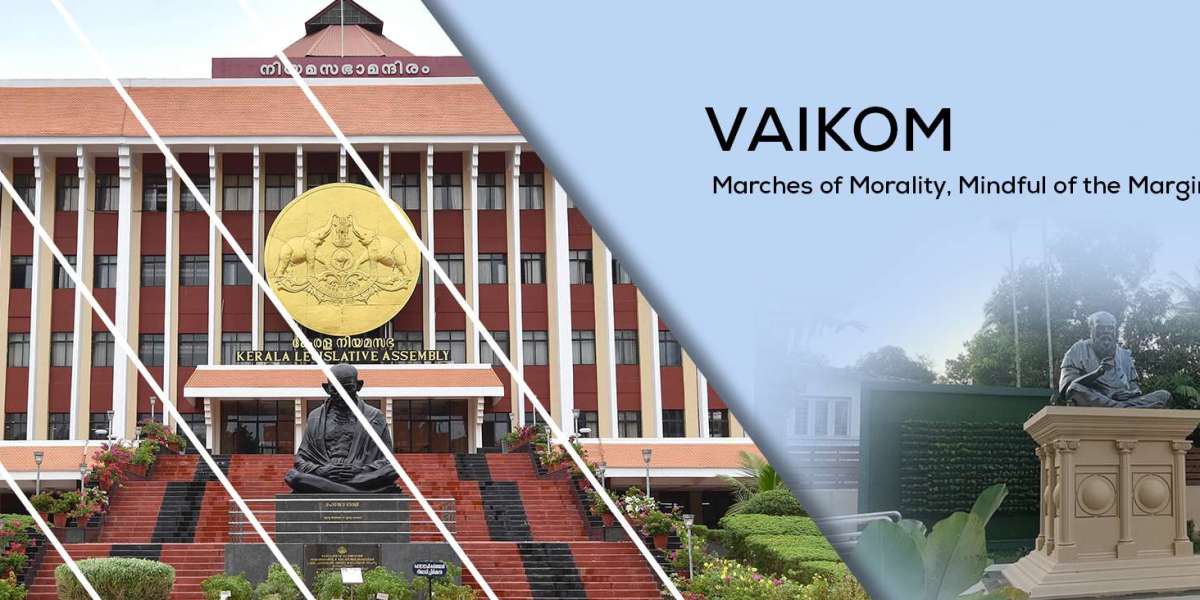Geographic & Demographic Features
Vaikom sits on the edge of the Vembanad Lake, blending lakeside wetlands, paddy fields, and midland terrain at ~8–12 m elevation. Chempu and Vechoor wards border picturesque backwaters.
As of 2021, the constituency had around 1.64 lakh electors, with high literacy (~96%), a gender ratio favoring women, and Scheduled Caste and Tribal representation modest but visible (~5–6% SC, <1% ST).
Civic engagement is strong: voter turnout remains consistently within 70–77%.
Sources of Income & Economic Strata
Vaikom’s economy blends agriculture, backwater trade, and remittance culture:
Agriculture dominates: paddy, coconut, banana, tapioca, and spices are widely cultivated across Vechoor, Chempu, and inland panchayats.
Blue economy: fishing in Vembanad Lake and inland water bodies remains a key livelihood in Chempu, Vechoor, and Maravanthuruthu.
Trade and services: local markets and weekly “chandas” (farmers’ marketplaces) at Thalayolaparambu and Kallara support agro-commerce and retail.
NRIs and remittances: Like much of Kottayam, many households benefit from Gulf-based remittances—significant in rural farming and small-trader families.
The majority of residents belong to the middle-income segment: small landholders, fisherfolk, salaried professionals, and diaspora-supported households. A visible BPL population exists among fishing families and marginal farmers. A smaller number occupy higher-income status, usually tied to larger land-holding or business households.
In recent years, Vaikom has witnessed progressive strides in infrastructure, eco-tourism, and sustainable agriculture. Notably, a significant development has been the intensified efforts by the Kerala Animal Husbandry Department and Kerala Livestock Development Board (KLDB) to conserve and promote the native Vechur cattle breed, which originates from this region. Through initiatives like embryo transfer programs, free distribution of Vechur bull semen, and financial assistance of ₹10,000 per cow under the Rashtriya Gokul Mission, the government is actively supporting small farmers and encouraging the rearing of this unique indigenous breed. Additionally, KVASU’s Mannuthy unit has made Vechur calves, bulls, and semen available for local farmers, further strengthening Vaikom’s identity as a cradle of indigenous livestock preservation. This concerted effort not only uplifts local livelihoods but also reaffirms Vaikom’s role in Kerala’s broader sustainable agricultural ecosystem.
Recent Development Highlights
Vaikom Municipality has upgraded its town drainage and public sanitation, especially around market areas and lakeside wards, addressing long-standing waterlogging and waste-collection problems.
Investments under district-level rural road schemes have improved connectivity across panchayats such as Vechoor, Udayanapuram, and Chempu, linking villages to the municipality.
Tourism-linked infrastructure near Vembanad backwaters, including improved boat jetties and walkways in Chempu and Vechoor, promote ecological tourism while supporting fishing communities.
Community-driven agro-processing initiatives, especially in Thalayolaparambu’s market cluster, are exploring cold-storage hubs for vegetables and spices, with log-jams easing price volatility.
Enhanced public health outreach has established mobile clinics in panchayats like Maravanthuruthu and T.V. Puram, and upgraded health centre facilities have been planned under Kerala’s decentralized health mission.
Vaikom Assembly Constituency, with its 159 polling stations, melds rural agriculture and wetland living with robust middle-class values and active civic life. Anchored in farming, inland fisheries, trade markets, and remittance incomes, the area now benefits from improved roads, tourism-friendly lakeside infrastructure, enhanced sanitation, and health investments—blending tradition with forward-focused, inclusive growth.








